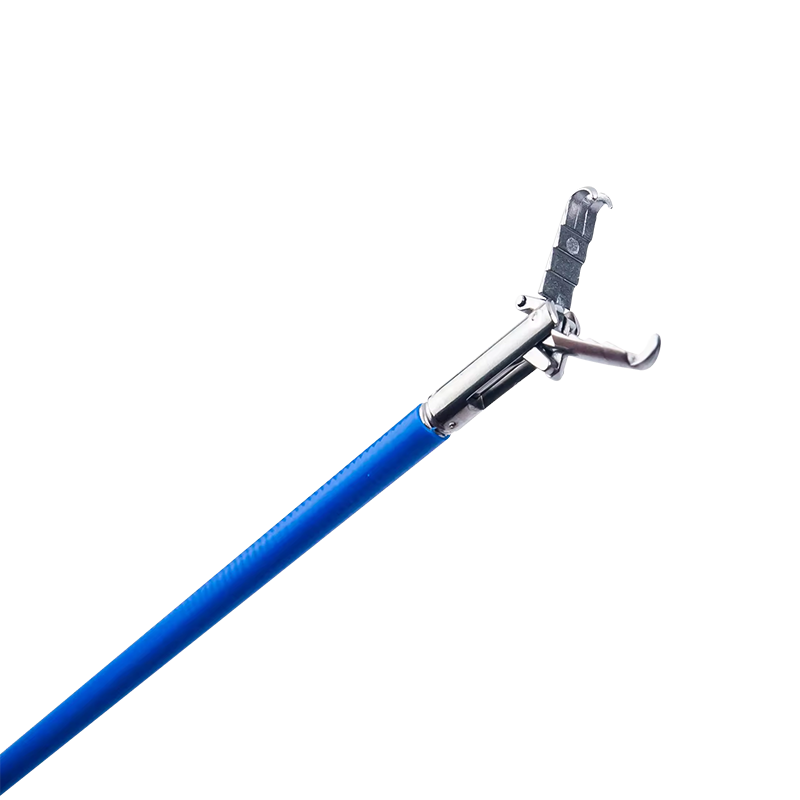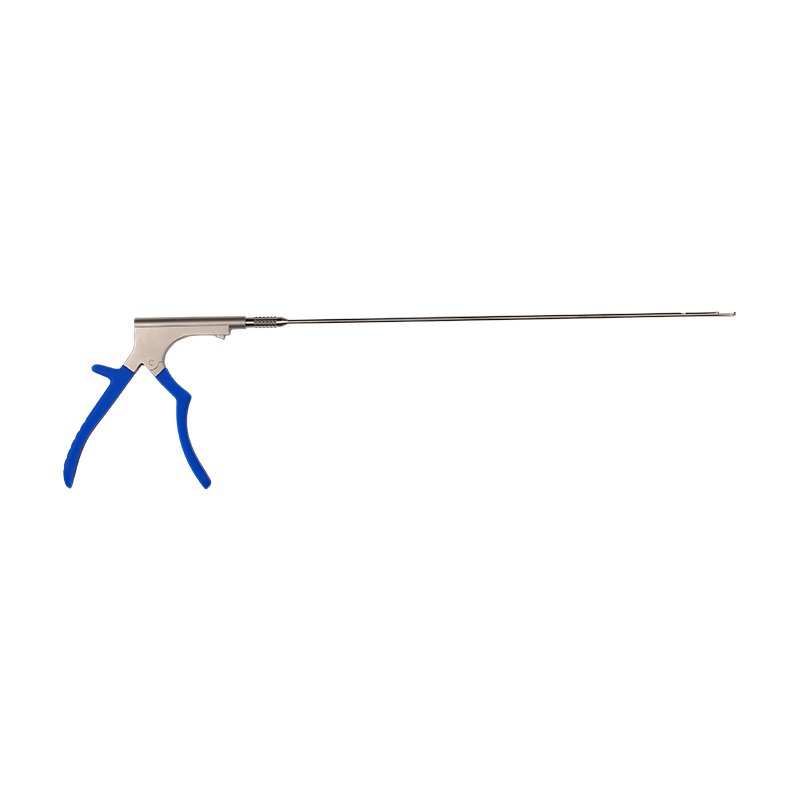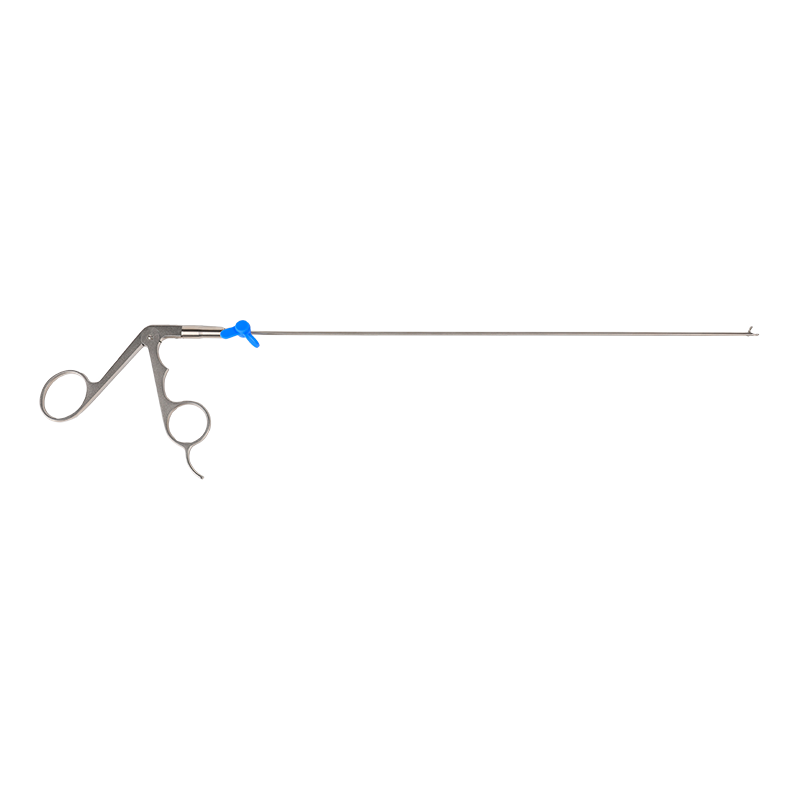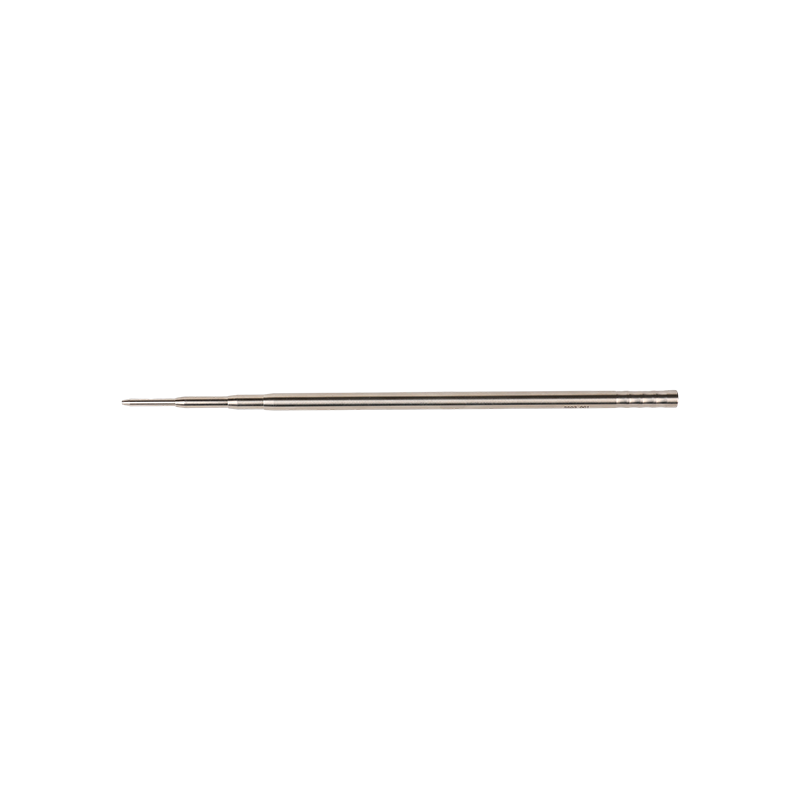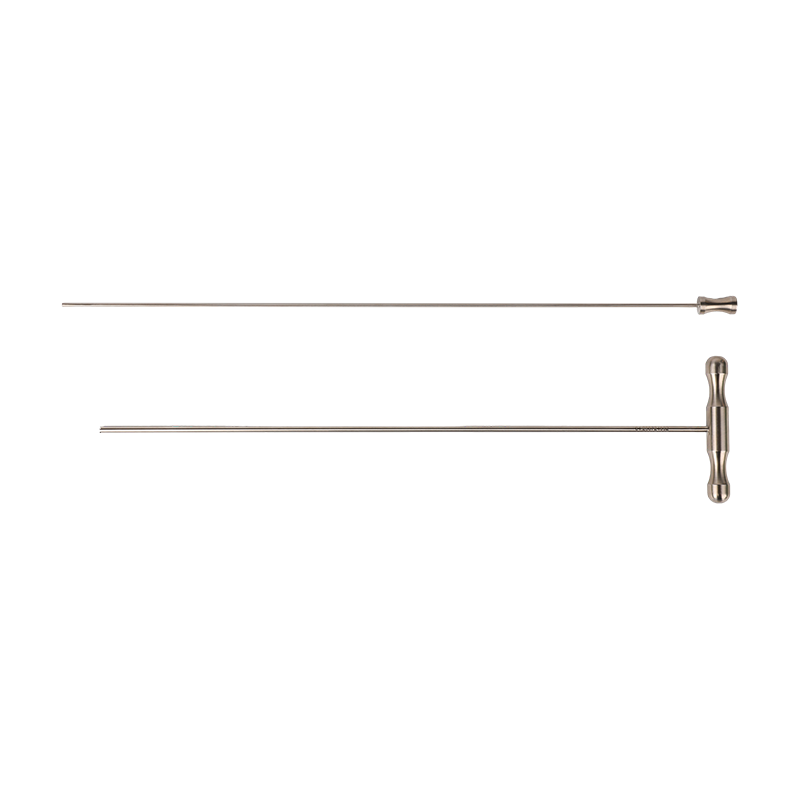In the realm of minimally invasive surgery, laparoscopic instruments have revolutionized how many procedures are performed. These specialized tools allow surgeons to operate through small incisions, leading to reduced patient recovery times, less pain, and smaller scars. Within this category, a significant distinction exists between reusable and disposable instruments. While both have their place, disposable instruments offer advantages in terms of sterility and convenience, though often at a higher per-use cost.
Among the vast array of disposable laparoscopic instruments, the trocar stands out as arguably the most common and fundamental.
The Indispensable Trocar
A trocar is a sharp, pointed instrument, typically housed within a cannula (a hollow tube), that is used to create a port through the abdominal wall, allowing access for other laparoscopic instruments and a camera (laparoscope). Without trocars, the initial entry into the body cavity for most laparoscopic procedures would be impossible.
Why is the Trocar So Common?
Several factors contribute to the trocar's prevalence as the most common disposable laparoscopic instrument:
-
Initial Access Requirement: Virtually every laparoscopic procedure, regardless of its nature (e.g., cholecystectomy, appendectomy, hernia repair), requires at least one, and often multiple, trocars to establish working ports.
-
Sterility and Sharpness: For optimal patient safety and ease of entry, the tip of a trocar must be perfectly sterile and exceptionally sharp. Reusing trocars, even with rigorous sterilization, can lead to dulling of the tip and potential compromise of sterility. Disposable trocars guarantee a pristine, sharp instrument for each patient, reducing the risk of infection and facilitating smoother, less traumatic insertion.
-
Safety Mechanisms: Modern disposable trocars often incorporate advanced safety features such as retractable shields that cover the sharp tip once it has penetrated the abdominal wall, minimizing the risk of injury to underlying organs. These intricate mechanisms are often more reliably manufactured and maintained in single-use devices.
-
Variety and Specialization: Disposable trocars come in a wide range of sizes (e.g., 5mm, 10mm, 12mm) and designs (e.g., bladeless, optical, blunt tip) to accommodate different surgical needs and surgeon preferences. This extensive variety, combined with the assurance of a fresh instrument, further solidifies their ubiquitous use.
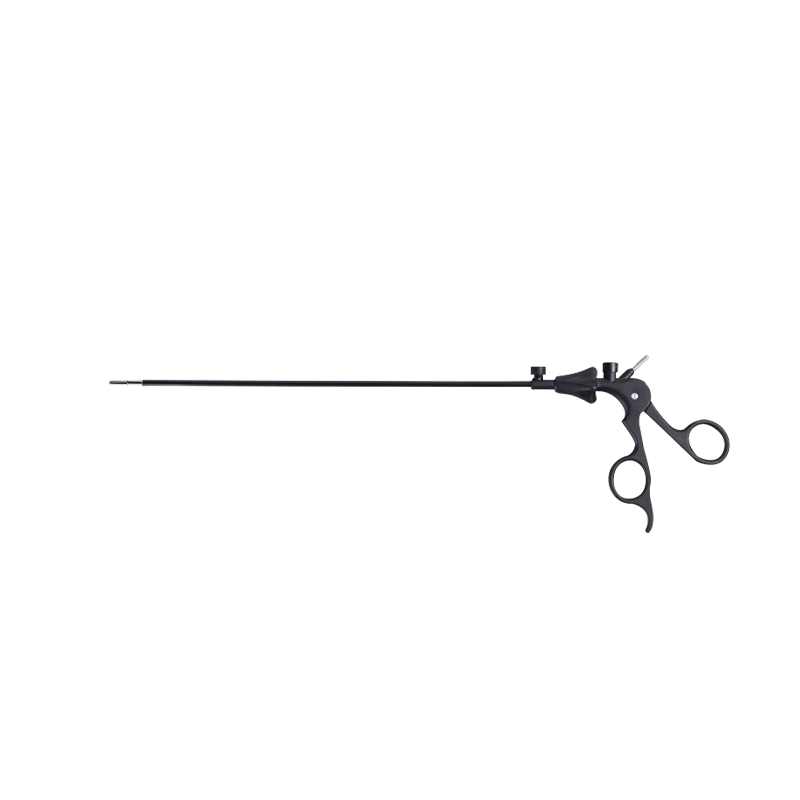
Beyond the Trocar: Other Common Disposable Instruments
While the trocar holds the top spot, several other disposable laparoscopic instruments are also frequently used:
-
Disposable Graspers and Dissectors: These instruments are used for manipulating tissue, holding structures, and separating tissues during surgery. While reusable versions exist, disposable graspers and dissectors are common due to the challenges of cleaning intricate jaws and the desire for consistent grip and sharpness.
-
Disposable Scissors: Used for cutting tissue, disposable laparoscopic scissors offer guaranteed sharpness, which is crucial for precise and clean dissection.
-
Disposable Clip Appliers: These instruments are used to apply surgical clips to blood vessels or other structures for hemostasis or ligation. The complex mechanical nature of clip appliers often makes disposable versions preferable for reliability and sterility.
-
Disposable Suction/Irrigation Devices: These devices are essential for clearing the surgical field by suctioning fluids and irrigating with saline. They are frequently disposable due to the nature of their function and the difficulty of thoroughly cleaning internal lumens.
Conclusion
The widespread adoption of minimally invasive surgery has driven the innovation and utilization of disposable laparoscopic instruments. Among these, the trocar stands out as the most common due to its critical role in establishing initial access, the paramount importance of sterility and sharpness for patient safety, and the continuous advancements in disposable trocar technology. While reusable instruments continue to play a role, the benefits offered by disposable trocars in terms of consistent performance, safety, and convenience make them an indispensable component of modern laparoscopic surgery.

 English
English عربى
عربى Español
Español
